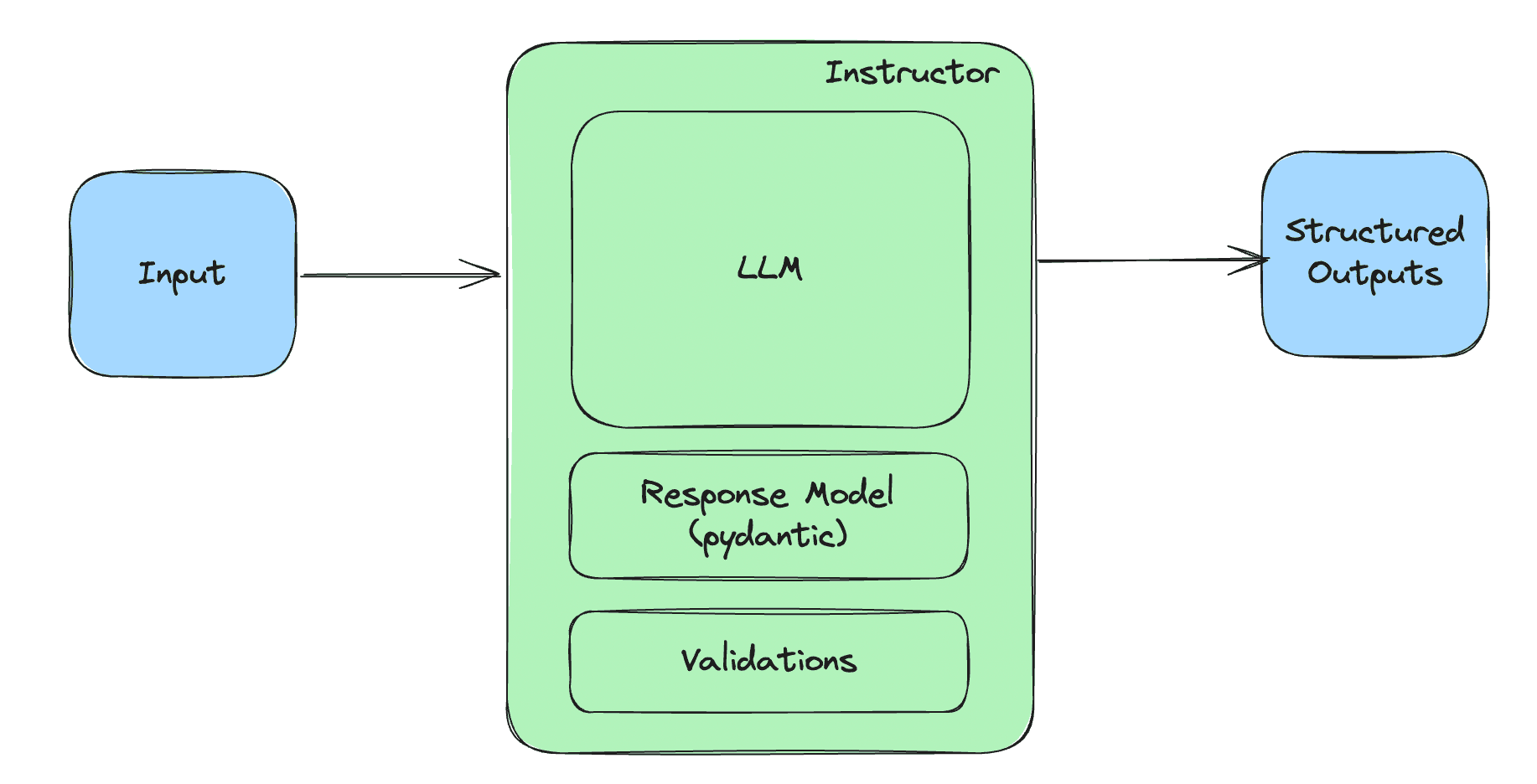According to a recent McKinsey report, in 2024, approximately 72% of organizations have integrated AI into at least one business function, a notable rise from previous years.
With generative AI opening up a new breed of interesting use cases, one can only expect that number to continue to rise.
For the developers tasked to design and implement new AI use cases, the question then becomes how to select the proper AI model deployment strategy, one that takes into account cost, customizability, performance, and scalability needs, to name a few important criteria.
Three main deployment strategies are available: open-source models, proprietary models, and open-source models offered through user-friendly platforms. Each approach has its own set of benefits and drawbacks.
 AI adoption is on the rise
AI adoption is on the rise
Open-source AI models
Using open-source AI models has the advantage of giving transparency and control to developers. It is easy to access such models via platforms like Hugging Face. In this scenario, developers have access to the model’s architecture, and often the training data, which allows in-depth understanding of the model and the possibility to customize it.
Open-source AI models are also cost-effective, since they are typically free to use. They benefit from community support, a collaborative environment that fosters innovation and rapid problem-solving.
 The Hugging Face Hub
The Hugging Face Hub
On the flip side, despite the fact that access to models is free under the open source strategy, significant technical expertise and resources are required for deployment, fine-tuning, and maintenance. GPUs and inference servers can be difficult and costly to manage if you don’t have the technical talent in place.
Open-source models vary in quality. There are more than 1 million models on Hugging Face. Choosing the right one for each use-case can take time and requires deep technical expertise that is mostly the prerogative of machine learning engineers or researchers rather than application developers.
Open-source models, while relying on the free voluntary support of contributors, may lack the structured assistance one often has with proprietary solutions.
Proprietary AI models
Relying on proprietary AI models is a strategy that emphasizes ease of use thanks to straightforward integration with comprehensive documentation and user-friendly interfaces.
In the generative AI space, that means using models from OpenAI, Cohere, or Anthropic. The advantage is that providers offer structured and reliable support, including regular updates and troubleshooting assistance.
Photo by Solen Feyissa on Unsplash
On the flip side, this strategy includes a potentially higher cost compared to the open-source approach because of the provider’s margin.
Using proprietary models implies no access to the model weights and thus a reduced flexibility to adapt the model to specific needs.
Finally, there is vendor lock-in. Depending on a single model provider can complicate transitions to alternative solutions when necessary.
Open-source models through user-friendly platforms
The third AI model deployment strategy is the one that offers the best of both worlds. By providing access to open-source models via a user-friendly interface, platforms like the Nebius AI studio reduce the complexity of deploying open-source models.
Developers no longer have to think about setting up and maintaining an inference server or a fleet of GPUs. They can directly benefit from open-source models adapted for their use cases at a lower cost, and without hassles. They no longer have to worry about scalability as managed platforms like Nebius handle scaling and accommodate various workloads effectively.
 Models available on the Nebius AI Studio
Models available on the Nebius AI Studio
The only drawback of this strategy is platform dependence. Relying on a third-party platform introduces a potential vendor lock-in and dependency effect. To mitigate that, the Nebius AI studio uses OpenAI-compatible APIs, to offer flexibility to developers and significantly reducing potential vendor lock-in effects.
The optimal choice of AI model deployment strategy depends on specific project requirements, available resources, and long-term objectives. Open source is ideal for developers seeking maximum control and customizations, with resources to manage deployment and maintenance.
Proprietary models are suitable for those who prioritize ease of use, dedicated support, and optimized performance, with a willingness to incur higher costs.
Accessing open-source models via platforms like Nebius offers the best of both worlds: the flexibility and cost-effectiveness of open source with the convenience of managed services. This option is ideal for developers seeking a middle ground.


